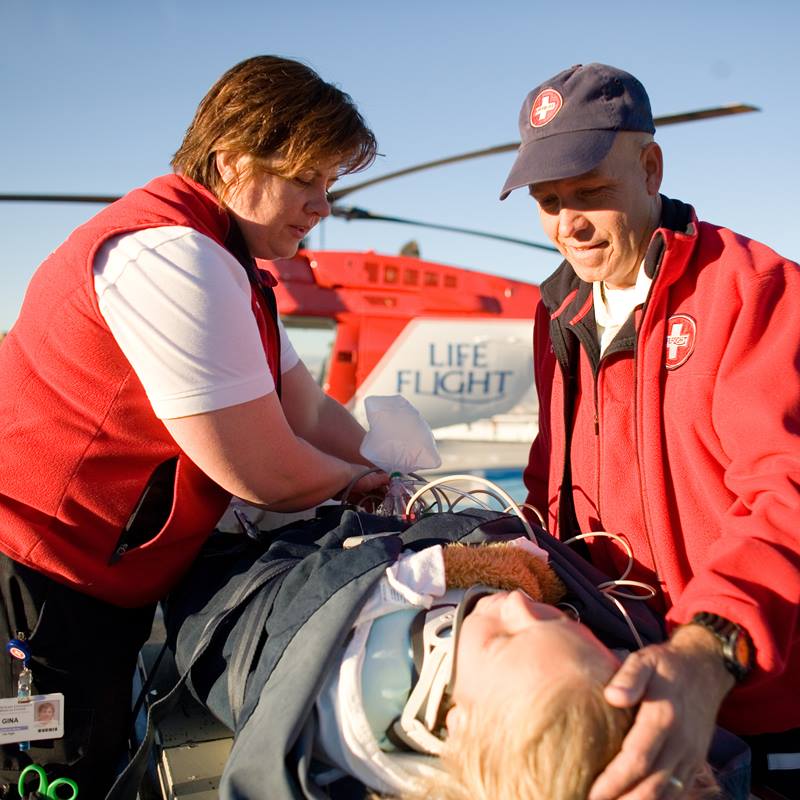Use Intermountain Connect Care®
Learn More.
How can we help?

Utah Valley Hospital is the only Level II trauma center between south Salt Lake County and St. George. The hospital first became an official trauma center in 2007 and received notification of its third re-certification in late January. Trauma programs must re-certify every three years in order to maintain their designation, which comes from the American College of Surgeons.
During its first year as a trauma center, Utah Valley cared for 1,182 trauma patients. In 2016, that number jumped to 2,138. Injuries that make the “trauma one” list and mobilize the hospital’s trauma team include:
“The growth in patients has been surprising. We saw a big jump in 2014 and our numbers have remained high. A lot of that growth comes from our outreach to other hospitals, but also because we have many more specialties here than when our program started,” said Jean Lundquist, Trauma Services manager at Utah Valley.
As the facility with the highest level of care throughout central Utah, Utah Valley has a responsibility to help improve trauma services in all local hospitals, said Lundquist. The hospital started the Utah County Trauma Committee several years ago and the group now includes representatives from hospitals throughout the region. Their goal is to make sure patients receive the best trauma care possible in the most appropriate place.
“We’ve made great strides in working together as a county to find the best place for patients to receive care,” said Lundquist. “There’s a huge role for all local hospitals and if we work as a team, then care for all patients is better.”
Adam Phillips, one of the six physician assistants on the Trauma Team, said when he started 10 years ago, many trauma patients were still being taken to Salt Lake City. Now, that situation has changed, and nearly all patients who get injured between Lehi and Richfield are treated at Utah Valley.
Having a good trauma program impacts every department in a hospital and helps each area get better, said Phillips. Creating this “well-oiled machine” that responds to some of the most critical patient situations means everyone understands the vital role they play and that naturally spills over to other areas of their jobs.
“Some people may wonder when we’ll grow up and become a Level I trauma center. But the American College of Surgeons expects Level I and Level II centers to provide the same level of care,” said Phillips. “Level I centers have requirements to do research and are usually associated with a medical school, but the patient care provided at the two centers should be the same.”